Venturing into the world of wildlife photography presents many chances to capture stunning images of the wild. This guide aims to aid beginners in refining their skills and becoming proficient wildlife photographers. This guide will explore essential equipment, fieldcraft, camera settings, composition techniques, and other critical elements of wildlife photography.
Choosing the Right Equipment
Camera
While the best camera for nature photography depends on personal preferences and budget, a DSLR or mirrorless camera is typically recommended. Both types offer excellent image quality, interchangeable lenses, and manual control over settings, allowing you to adapt to various shooting conditions.
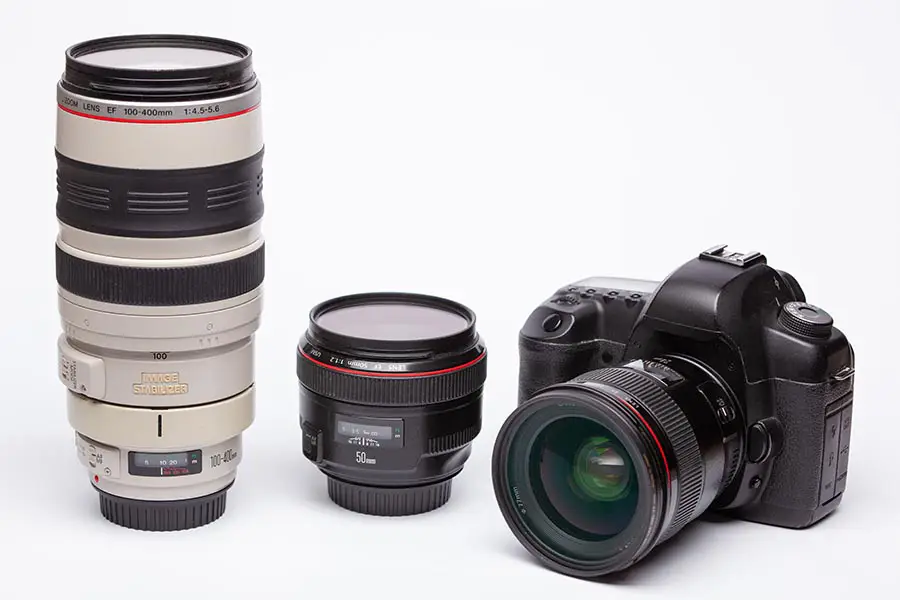
Lenses
Investing in high-quality lenses is crucial for capturing stunning pictures of animals in their natural habitats. Here are three popular lens types for wildlife enthusiasts:
- Telephoto lenses allow you to photograph animals from a distance, reducing the risk of disturbing them. Using a focal length of 300mm or greater is recommended.
- Wide-Angle Lenses: Ideal for capturing landscapes and large groups of animals, wide-angle lenses offer a broader field of view.
- Macro Lenses: Perfect for close-ups of small creatures and intricate details, macro lenses enable you to capture the beauty of the natural world on a smaller scale.
Tripod
A sturdy tripod stabilizes your camera, especially when using telephoto lenses. It can help you capture sharper images and reduce the strain on your arms during long shooting sessions.
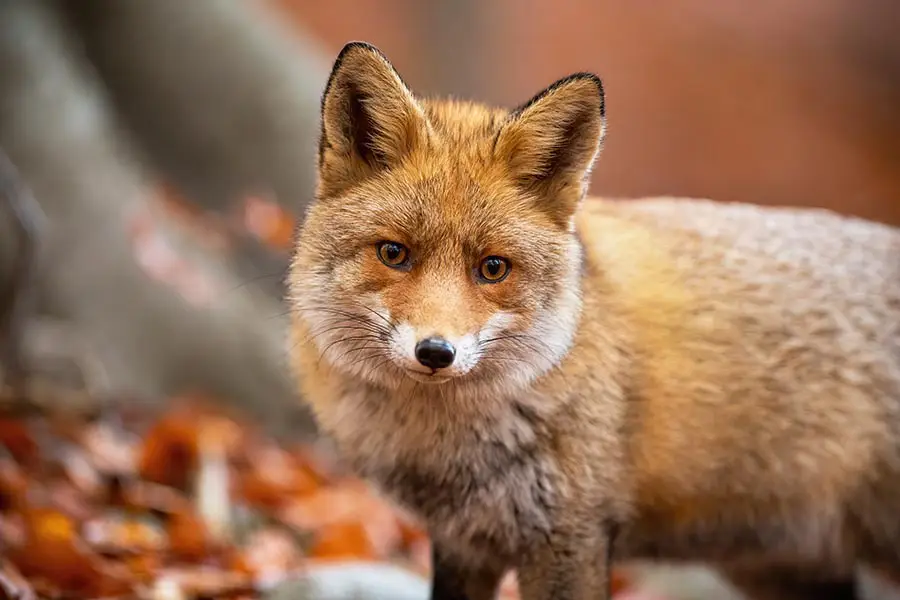
Develop Your Fieldcraft Skills
Understanding animal behavior and habitats is crucial for successful nature photography. Research your subjects, their feeding habits, and seasonal patterns. Knowing where and when to find your subjects will improve your chances of capturing captivating images.
Additionally, learning to move quietly and blend into the environment will minimize disturbance and increase the likelihood of getting closer to your subjects. Camouflage clothing and hides can also be beneficial.
Mastering Camera Settings
Becoming proficient with your camera settings is crucial for capturing high-quality wildlife images. Familiarizing yourself with these settings allows you to adapt to changing conditions and achieve desired results. Here are some basic camera settings to master for wildlife photography:
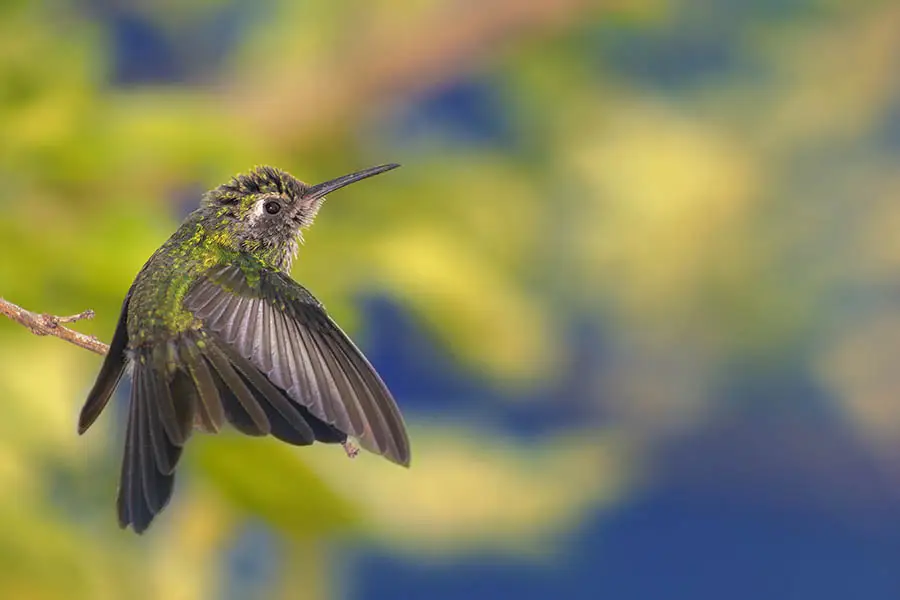
Shutter Speed
Shutter speed controls the time the camera’s sensor remains exposed to light. In wildlife photography, fast-moving subjects require a high shutter speed to freeze motion and avoid blur. Aim for a shutter speed of 1/1000s or faster when photographing birds in flight or animals in action. You can use slower shutter speeds (e.g., 1/250s or 1/500s) for slower or stationary subjects.
Aperture
The aperture regulates the quantity of light entering the camera by modifying the lens opening size. Using a wide aperture, like f/2.8 or f/4, allows more light to enter your camera, resulting in a shallow depth of field that isolates your subject by blurring the background. A narrow aperture (e.g., f/8 or f/11) allows less light in and produces a greater depth of field, ideal for capturing landscapes or groups of animals.
ISO
ISO determines the camera sensor’s sensitivity to light. A higher ISO value increases the sensor’s sensitivity, enabling you to capture images in low-light conditions. However, higher ISO values can introduce noise (grain) in your pictures. For best results, use the lowest ISO value possible that maintains proper exposure.
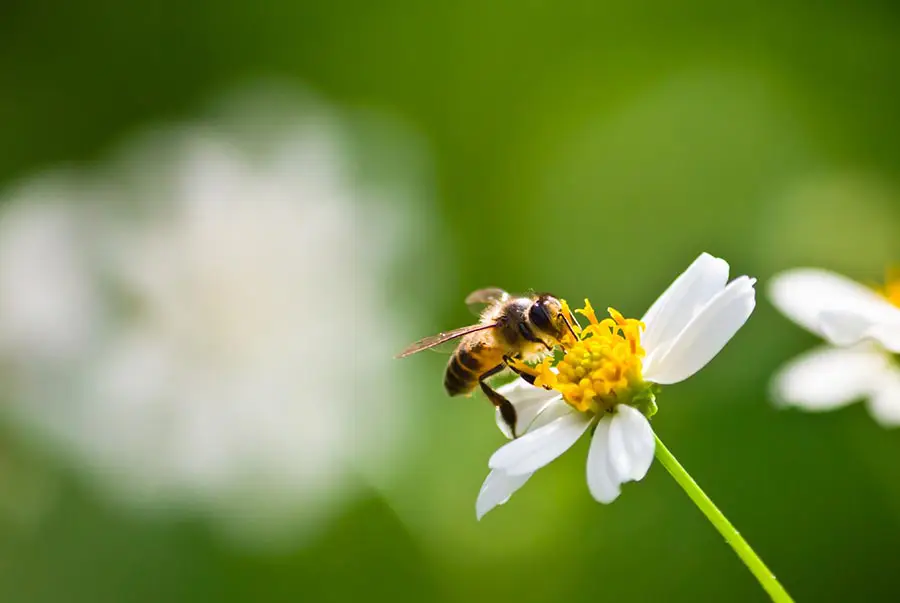
Autofocus
Autofocus (AF) modes vary across camera models, but two common modes for wildlife photography include:
- Single-servo AF (AF-S) or One-shot AF: This mode suits stationary subjects. The focus locks when half-pressing the shutter button, allowing one to recompose the image before taking the shot.
- Continuous-servo AF (AF-C) or AI Servo AF: This mode is ideal for moving subjects. The camera continually adjusts focus as long as the shutter button is half-pressed, helping to maintain sharpness on a moving subject.
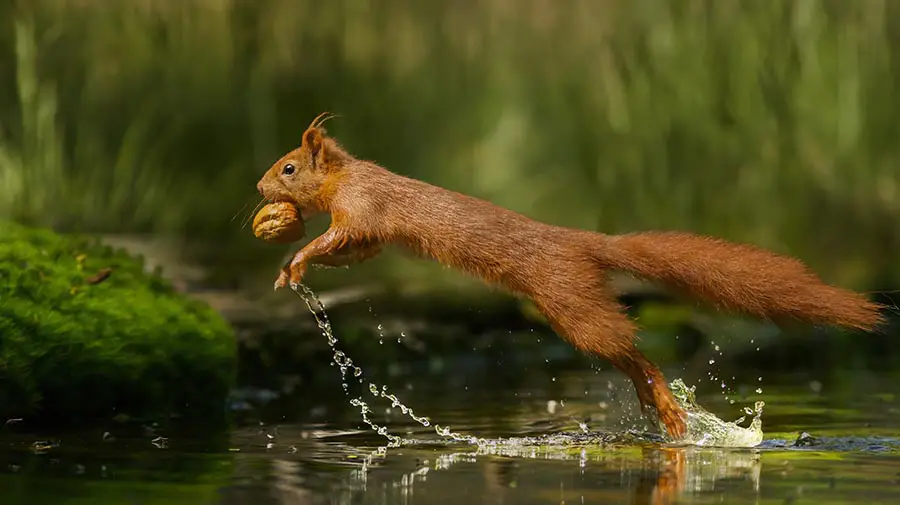
Focus Points
Most cameras offer multiple focus points to choose from. Some photographers prefer using the center focus point and then recomposing the shot, while others choose a focus point corresponding to their desired composition. For wildlife photography, it’s often best to use a single focus point or a small group of focus points, giving you greater control over which part of the subject is in focus.
Burst Mode or Continuous Shooting
Burst mode, also known as continuous shooting, allows you to rapidly capture multiple images by holding down the shutter button. In wildlife photography, this proves especially beneficial for increasing the odds of capturing the perfect moment amidst action sequences or ephemeral behaviors.
Mastering these camera settings will enable you to adeptly manage diverse shooting conditions and capture breathtaking wildlife photos that highlight your subjects in their natural habitat.
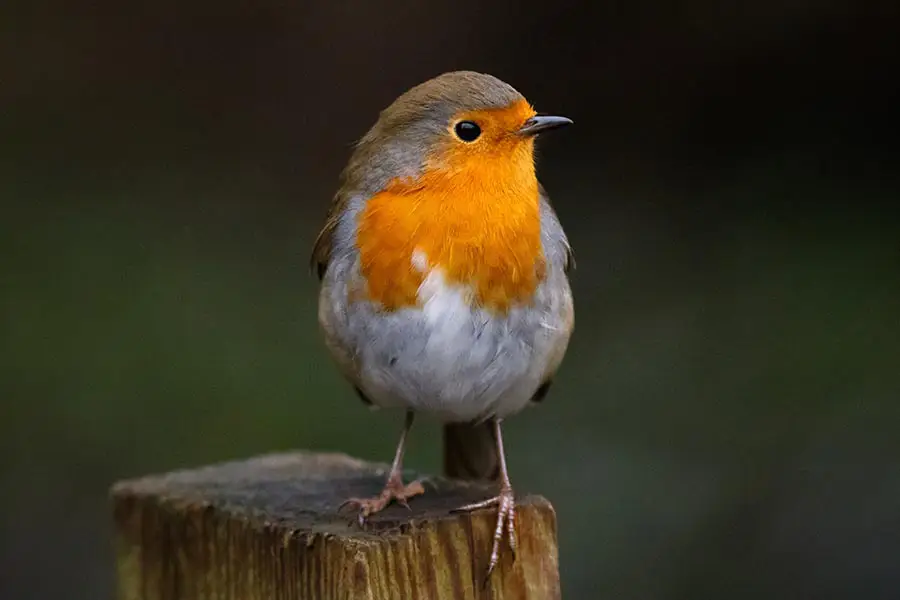
Composing Your Shots
Good composition can transform an ordinary image into a stunning one. Here are some tips for composing captivating wildlife photos:
Rule of Thirds: Imagine a 3×3 grid on your viewfinder and place your subject at the intersection of two lines for a balanced and visually appealing image.
Leading Lines: Use natural elements like rivers or tree branches to guide the viewer’s eye toward your subject.
Framing: Frame your subject with natural elements, such as tree branches or rock formations, to create a sense of depth and context.
Fill the Frame: Get close to your subject or use a telephoto lens to fill the frame, emphasizing the subject’s details and eliminating distractions.
Negative Space: Incorporate negative space (the area surrounding your subject) to create a sense of scale and emphasize the subject within its environment.
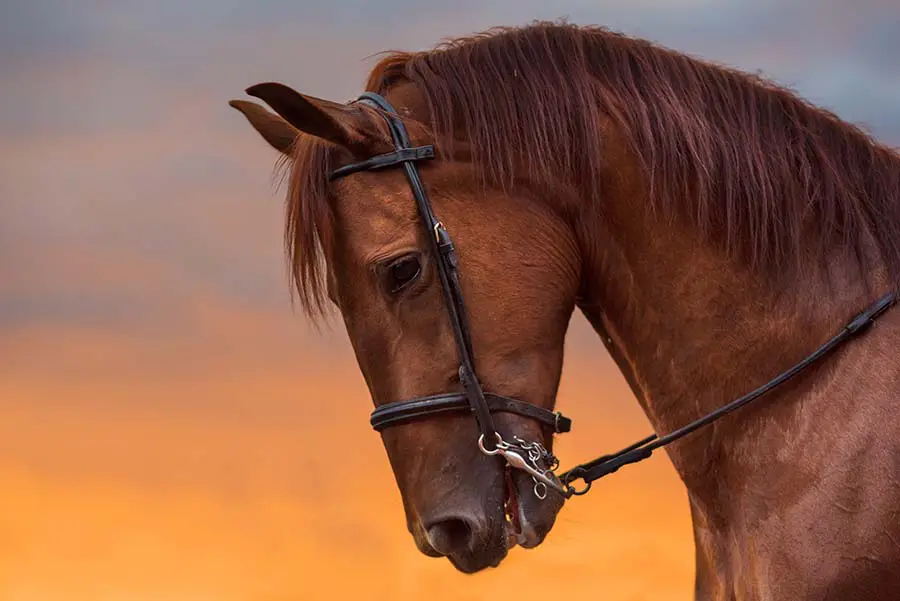
Mastering Light and Weather
Lighting plays a critical role in capturing stunning wildlife images. Soft, diffused light during the golden hours (early morning and late afternoon) produces warm, even tones and minimizes harsh shadows.
Discover More | Helpful Materials for you:
Overcast days also offer excellent lighting conditions for nature photography, as clouds act as a natural diffuser, creating even illumination. Don’t shy away from shooting in adverse weather conditions, as they can add drama and mood to your images.
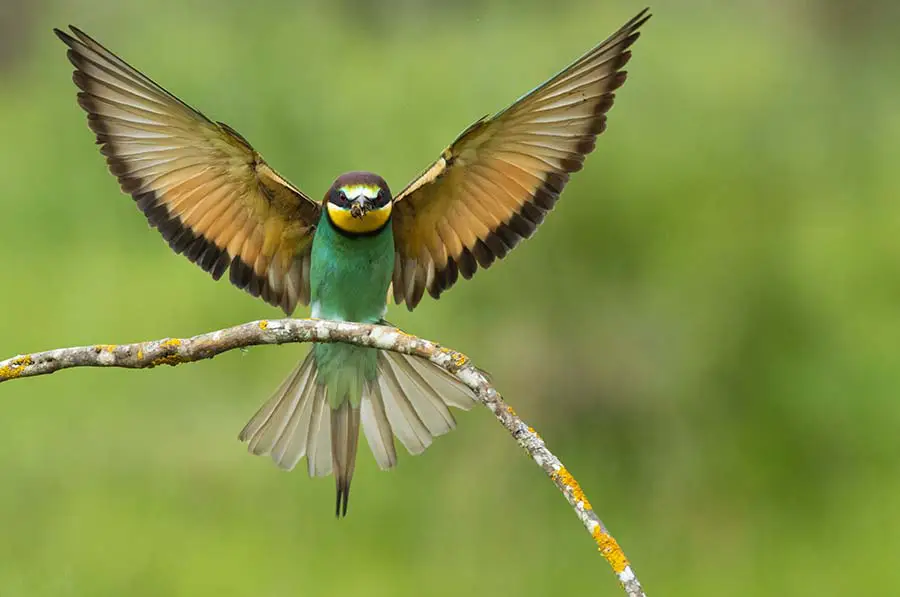
Practice Patience and Persistence
Wildlife photography requires patience and persistence as it can be a challenging and unpredictable pursuit. It can take hours, days, or even months to capture a perfect shot. Here are some tips to practice patience and persistence:
- Research and Planning: Before heading out, research your location and target species to know what to expect. Knowing their behaviors and habitats can help you anticipate when and where to capture them.
- Be Prepared: Carry all necessary equipment, such as extra batteries, memory cards, and lenses, and ensure your camera settings are optimized for the conditions.
- Find a Good Vantage Point: Take the time to find a good spot with a clear view and favorable lighting. Sometimes, moving a few feet to the left or right can make all the difference in getting the perfect shot.
- Be Patient: Wait quietly and attentively, observing your subject and anticipating potential moments to capture. Bring a book, podcast, or music to keep you entertained and comfortable during long waits.
- Stay Alert: Keep your eyes and ears open for any signs of movement or unique behaviors. Wildlife photography requires staying alert and aware at all times to capture that special moment.
- Don’t Get Discouraged: Remember, wildlife photography can be challenging, and not every day will result in the perfect shot. Don’t get discouraged by failures or setbacks, as they are all part of the learning process.
By practicing patience and persistence, you’ll become a better wildlife photographer and capture breathtaking images that showcase the beauty of nature.
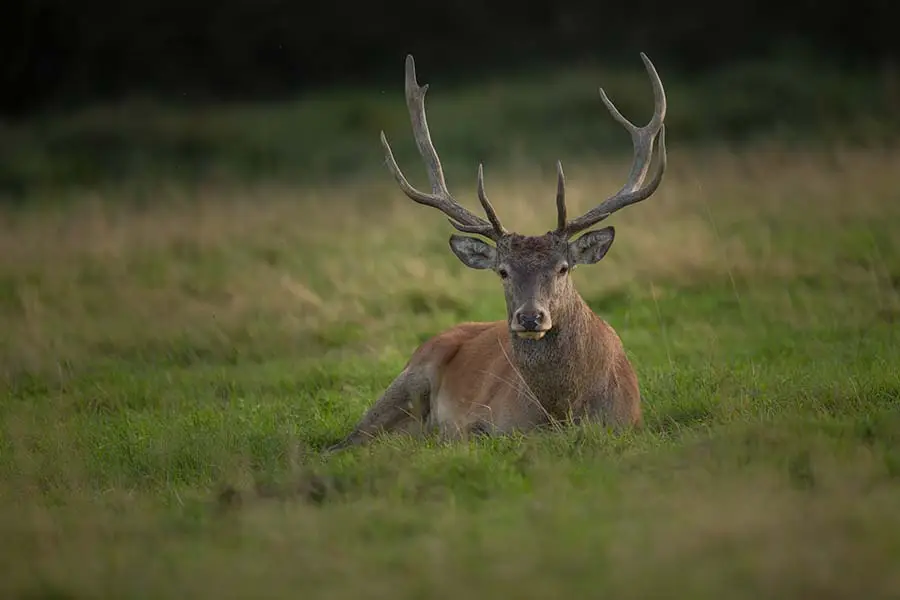
Ethical Considerations
When engaging in wildlife photography, it’s crucial to prioritize the well-being of the animals and their habitats. Consider the following ethical factors:
- Respectful Distance: Always maintain a safe and respectful distance from wildlife. Do not approach too closely or encroach on their personal space, as this can cause stress and disturb their natural behavior.
- Minimize Disturbance: Move slowly and quietly to avoid startling the animals. Use camouflage clothing and hides to blend into the environment and minimize your visual impact.
- No Feeding or Baiting: Feeding or baiting wildlife to attract them for photography can negatively impact their health, behavior, and natural food sources. Always observe and capture animals in their natural state without interference.
- Follow Local Rules and Guidelines: Adhere to any rules and regulations established by local authorities or wildlife organizations, including permits and restricted areas.
- Respect Private Property: Do not trespass on private property or enter restricted areas without permission.
- Share Responsibly: When sharing your images, avoid disclosing specific locations of sensitive or endangered species to prevent potential harm from increased human presence.
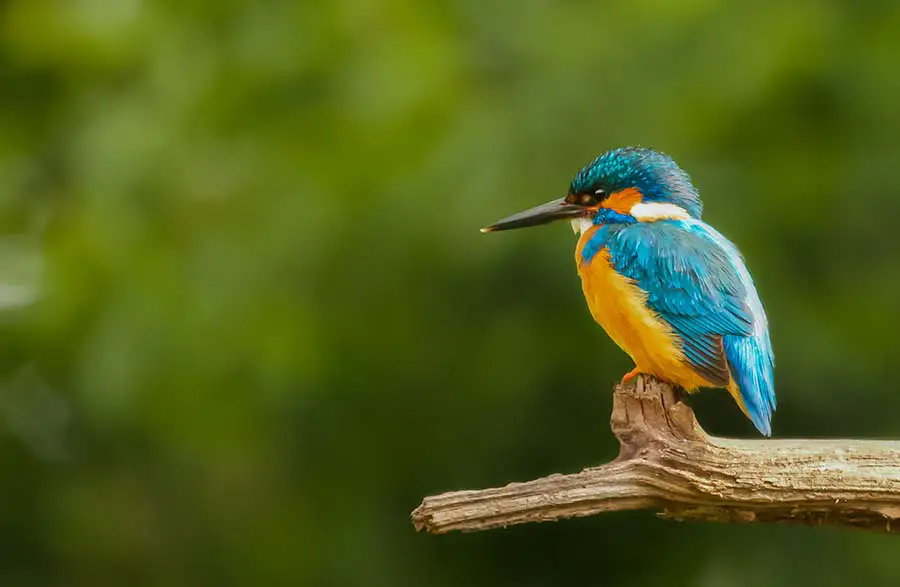
Post-processing Techniques
Post-processing is an essential step in the workflow of a wildlife photographer. It allows you to enhance your images while maintaining their authenticity. Here are some common post-processing techniques:
- Exposure Adjustment: Adjusting the exposure can brighten underexposed images or darken overexposed areas, ensuring a well-balanced final result.
- Contrast Enhancement: Enhancing the contrast between the subject and its surroundings can make your image more visually striking. Be cautious not to overdo it, as excessive contrast can create an unnatural appearance.
- Color Correction: Adjusting the color balance and saturation can make your images more vibrant and true to life. Be mindful of maintaining natural colors and not oversaturating the image.
- Cropping: Cropping allows you to eliminate distractions, improve composition, or focus on specific details within your image.
- Noise Reduction: High ISO values or low-light conditions can introduce noise (grain) in your images. You can use noise reduction tools to reduce this effect while retaining image sharpness.
- Sharpening: Sharpening can enhance your image’s overall clarity and detail, making the subject stand out. Apply this technique carefully, as excessive sharpening can create artifacts and an unnatural appearance.
- Removing Distractions: Small imperfections, such as sensor dust, branches, or other distractions, can be removed using tools like the Clone Stamp or Healing Brush in photo editing software.
Keep in mind that post-processing should serve to improve your images while preserving their authenticity. Over-editing or excessive manipulation can detract from the true essence of wildlife photography.
FAQs
Research and understand your subjects’ habitats and behavior patterns. Spend time in the field, be patient, and learn to anticipate the animals’ movements and actions.
Shutter speed is crucial for freezing motion and capturing sharp images, especially when photographing fast-moving subjects. Using a high shutter speed, such as 1/1000s or faster, is recommended.
Maintain a respectful distance, move quietly, and avoid sudden movements. Use camouflage clothing, hides, or blinds to blend into the environment.
Prioritize the well-being of the animals and their habitats. Do not approach too closely, disturb, or feed wildlife. Follow local rules and guidelines, and respect private property.
Despite limitations like the absence of optical zoom and manual controls, smartphones are still suitable for casual wildlife photography. Be prepared to wait hours to witness extraordinary behaviors or perfect lighting conditions. Some phones offer telephoto lenses or can be paired with external lenses to enhance your capabilities.


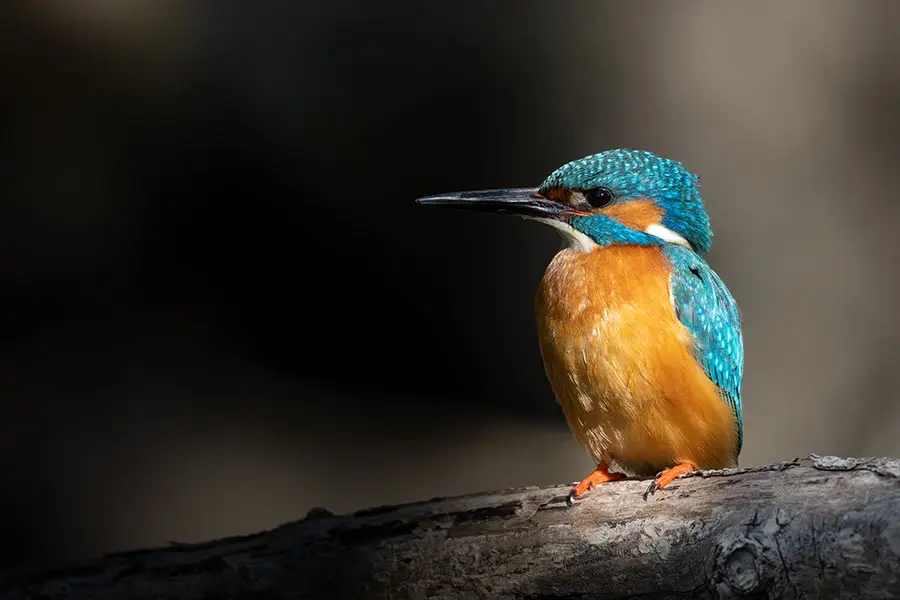
Thank you for your information. This article was very helpful for me
Thank you 🙂